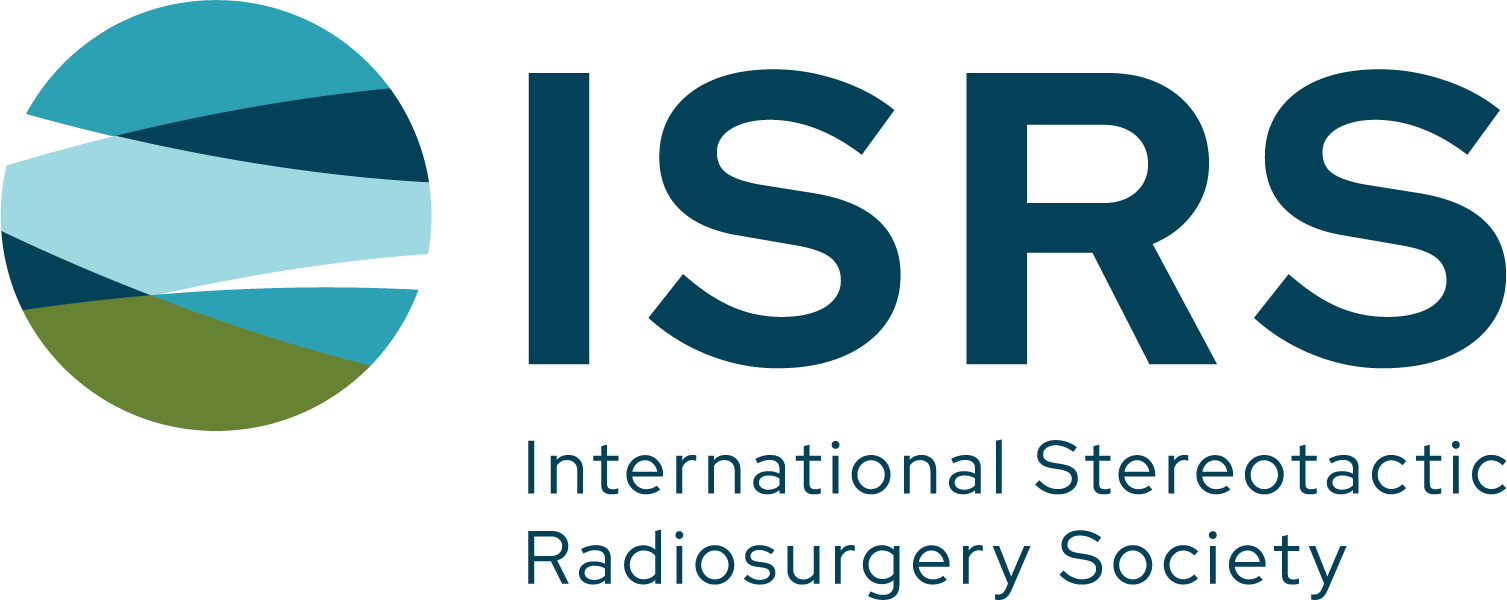Trigeminal neuralgia (TN) presents a therapeutic challenge when pharmacotherapy fails. While Gamma Knife (GK) and CyberKnife (CK) radiosurgery are established modalities, direct comparisons of their clinical efficacy, toxicity, and dosimetric profiles remain limited. This study evaluates outcomes and technical nuances of GK and CK in TN management to guide personalized treatment decisions.
We analyzed 117 patients with refractory classical and idiopathic TN treated between 2007–2024: 57 with GK (single 4-mm isocenter, median prescription dose 90 Gy) and 60 with CK (single fraction, median maximum dose 85 Gy). Primary endpoints included pain relief (Barrow Neurological Institute [BNI] Pain Intensity Scale) and durability (freedom from recurrence). Secondary endpoints were complications (facial numbness, anesthesia dolorosa) and dosimetric parameters.
At median follow-up of 25 months (GK) and 36 months (CK), GK achieved higher rates of good pain relief (BNI I–III) at 6 months (76,9% vs 70%, p=0.04) and faster time-to effect (median 3 weeks vs median 13 weeks, p=0.028). Recurrence at 2 years was higher with Gamma-knife treatment (GK 34,7% vs. CK 15,6%). CK correlated with higher rates of facial numbness (32% vs. 14, 2%). No cases of anesthesia dolorosa were identified in either group.
A method for dosimetric comparison of treatment plans for GK and CK was developed. To equate the planning features of different types of radiation therapy instruments, treatment plans were uploaded to an independent planning system where the comparison was performed. The aim of this method is to verify the different treatment methods for trigeminal neuralgia and to develop the same method for the two types of instruments. Comparison of doses delivered to brainstem, root entry zone, the length of cisternal part of TN, dose delivery in comparison to centro-periphereal junction location were also analyzed.
The study underscores the importance of direct comparisons between GK and CK in managing TN. While GK offers faster and higher-magnitude pain relief with tolerable sensory toxicity, CK demonstrates lower recurrence rates but higher incidences of facial numbness. Dosimetry comparison studies are essential for refining our understanding of the strengths and limitations of each approach, ultimately reinforcing stereotactic radiosurgery (SRS) as a versatile and effective tool in TN management.


